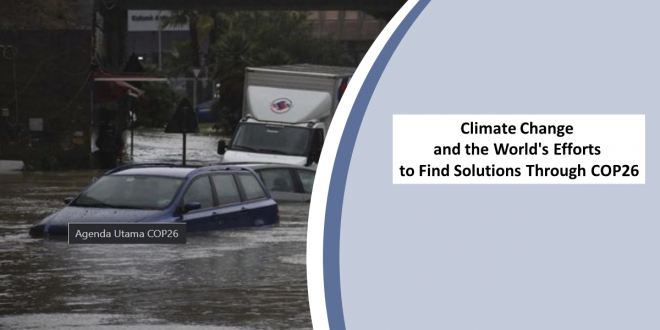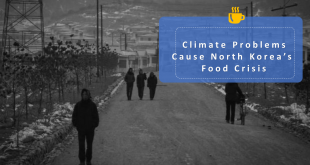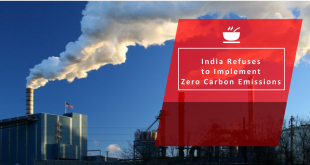The world’s thermometer is getting higher and higher. The impact of the world’s heat problem is beginning to be felt by various people, from the poles to the Sahara.
From the closed ‘Pandora’s Box’, the threat of flooding, heavy rain, drought, biodiversity loss and humanitarian crisis is slowly emerging.
The world is now under the threat of climate change. While people are facing various threats such as war, famine or poverty, they now have to face environmental problems.
To tackle the problem of climate change, the United Nations (UN) brought together the various countries of the world in a conference known as the Conference of the Parties (COP). Over the past three decades, 25 conferences have been held to discuss this topic.
This year, the 26th COP will be held from 31 October to 12 November 2021 in Glasgow, England, quoted from the official website of the United Nations Climate Change Agency (UNFCCC).
Previously, COP26 was scheduled for 2020. However, the Covid-19 pandemic has caused this event to be postponed to 2021.
The United Kingdom chairs the implementation of COP26.
So what makes COP26 different from the previous COP?
In 2015, representatives of all countries came together at the COP21 event in Paris. At the event, all countries present for the first time agreed to try to reduce the rise in Earth’s temperature so that it does not reach two degrees Celsius.
This agreement led to an agreement known as the Paris Agreement. Under this agreement, various countries set carbon emission reduction targets. These targets are called Nationally Determined Contributions (NDC).
Almost all countries commit to report on their progress towards achieving this emission reduction target every five years.
COP26, which will be held later in Glasgow, will be an opportunity for countries to express their progress internationally as well as update their previous emission reduction plans.
A commitment to keep the world’s temperature rise above 1.5 degrees Celsius could reduce the world’s CO2 emissions by 45 percent in 2030 compared to 2010, citing the official website of the Intergovernmental Panel on Climate Change (IPCC). Reaching the zero emissions target by 2050.
It is important to control the temperature of the Earth, as it is in contact with the climate and the weather.
Citing NASA, various regions will experience more frequent heavy rain if the Earth’s temperature rises by two degrees Celsius. North America is said to be experiencing a higher risk of flooding due to this phenomenon.
Not only that, regions of Southeast Asia, Northern Europe, Northern Asia, and Canada have the potential to experience an increase in heavy rainfall.
Meanwhile, an increase in Earth’s temperature of 1.5 to 2 degrees Celsius could increase deforestation and wildfires. This rising temperature could melt Antarctic ice and raise Earth’s sea level.
 KratomBorneo.co.id Seputar Informasi dan Tips
KratomBorneo.co.id Seputar Informasi dan Tips



